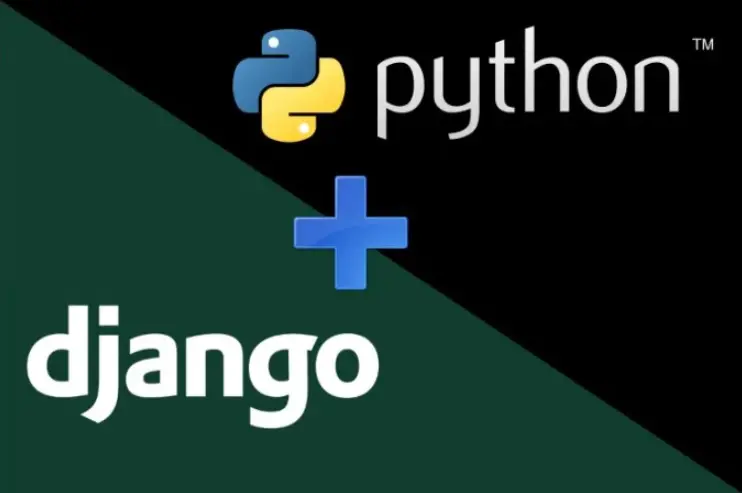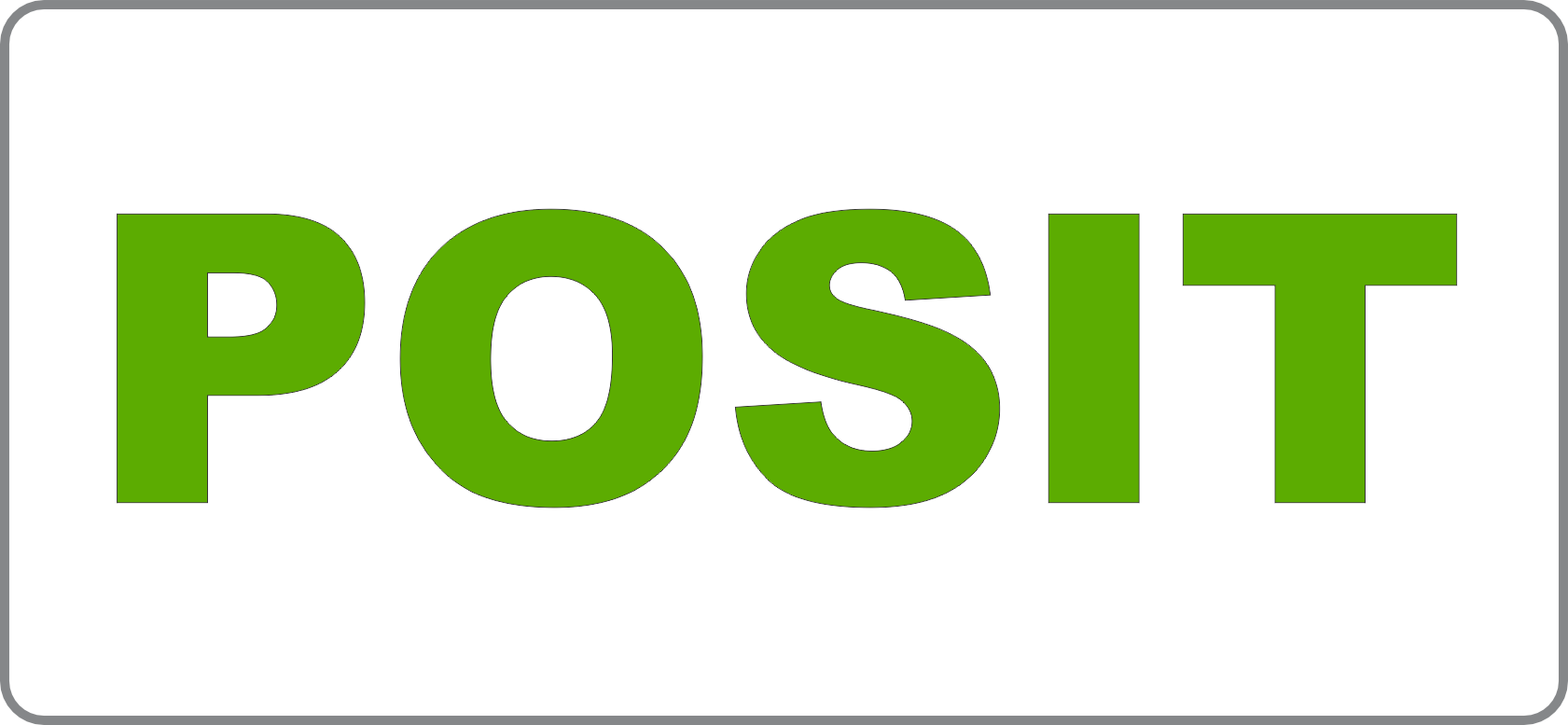Evolution of front-end over the period of time

Over the past 12 years, my journey as a front-end engineer has been a continuous evolution, shaped by the dynamic landscape of front-end technologies. From the simplicity of Coffeescript to the robustness of modern frameworks like React and Angular, I’ve had the privilege of working with a variety of tools that have transformed how we build user interfaces. In this blog, I’ll share a brief overview of the front-end tech stacks I’ve worked with, highlight their strengths, and recommend the best use cases for each.
1. Coffeescript: The Syntactic Sugar Pioneer
Coffeescript was one of the first tools I encountered that aimed to make JavaScript development more intuitive. Its syntax was concise, often eliminating boilerplate code and enabling developers to focus on logic rather than syntax.
Strengths
- Clean and minimalistic syntax.
- Early support for features like classes and arrow functions, which influenced ES6.
Best Use Case
- Coffeescript was ideal for small-scale applications or projects where rapid development with minimal code was a priority. However, with the advent of modern JavaScript (ES6+), its popularity has waned.
2. AngularJS: The Early Framework Revolution
AngularJS brought a paradigm shift by introducing two-way data binding and dependency injection. It empowered developers to build dynamic single-page applications (SPAs) with ease.
Strengths
- Two-way data binding simplified syncing data between the model and view.
- Built-in directives allowed for robust DOM manipulation.
- Dependency injection encouraged modular code.
Best Use Case
- AngularJS was perfect for building SPAs with moderate complexity, such as dashboards and content management systems. Its declarative approach to UI development made it a favorite for enterprise applications during its peak.
3. React: The Modern UI Champion
React introduced the concept of declarative UI with its component-based architecture and Virtual DOM. Its popularity stems from its flexibility and ecosystem, which continues to thrive.
Strengths
- Component-based architecture promotes reusability and maintainability.
- The Virtual DOM ensures fast updates and rendering.
- Rich ecosystem, including libraries like Redux and React Query.
Best Use Case
- React is ideal for dynamic and interactive UIs, especially when performance and scalability are critical. It’s widely used in e-commerce platforms, social media apps, and modern SPAs.

4. Typescript: JavaScript with a Safety Net
As a superset of JavaScript, TypeScript brings static typing to the language, reducing runtime errors and enhancing code maintainability.
Strengths
- Static typing ensures better code quality.
- Rich tooling and editor support.
- Backward compatibility with JavaScript.
Best Use Case
- TypeScript is invaluable in large-scale applications where robust typing and maintainable code are essential. It pairs seamlessly with frameworks like React and Angular for developing scalable front-end solutions.
5. Python in Front-End: The Django and Flask Template Era
Though Python is predominantly a back-end language, its role in front-end templating via Django and Flask cannot be ignored. These frameworks use templating engines like Jinja2 to render HTML on the server.
Strengths
- Simplifies the server-side rendering process.
- Integrates effortlessly with Python back-end logic.
Best Use Case
- Python templating is best suited for server-rendered applications or projects with tight integration between front-end and back-end logic, such as internal tools and content-heavy websites

6. HTML5 and ES6: The Backbone of Modern Front-End Development
HTML5 and ES6 represent the core of web development. HTML5 brought semantic tags and multimedia support, while ES6 introduced modern features like modules, arrow functions, and destructuring.
Strengths
- HTML5 provides better semantics and accessibility.
- ES6 simplifies JavaScript development with cleaner syntax and powerful features.
Best Use Case
- These technologies form the foundation of any web application. They are indispensable for building cross-browser compatible websites and applications, irrespective of the framework used.
7. Node.js: Bridging Front-End and Back-End Development
While Node.js is primarily a back-end runtime, its ability to run JavaScript on the server has made it a game-changer for full-stack developers.
Strengths
- Enables front-end developers to write server-side code using JavaScript.
- Lightweight and efficient, ideal for I/O-heavy operations.
Best Use Case
- Node.js shines in real-time applications like chat apps and collaborative tools, as well as in scenarios where a unified front-end and back-end tech stack simplifies development.

Conclusion: Choosing the Right Tool for the Job
Each technology I’ve worked with has its own strengths and ideal scenarios. Here’s a quick recommendation guide:
- Coffeescript: Legacy projects or small-scale apps (now mostly obsolete).
- AngularJS: Enterprise SPAs with moderate complexity (consider Angular for modern development).
- React: Modern, scalable SPAs and dynamic UIs.
- TypeScript: Large-scale applications requiring robust and maintainable codebases.
- Python (Django/Flask): Server-rendered apps with tight back-end integration.
- HTML5 and ES6: Foundational for all web applications.
- Node.js: Real-time applications and unified front-end/back-end development.
The beauty of front-end development lies in its ever-evolving nature. While these tools have defined my journey, they also highlight the importance of adaptability and the constant learning that comes with being a full-stack engineer.
What tools have shaped your development experience?

